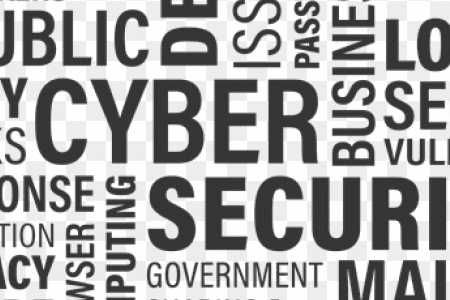June 30, 2020 – The security procedures used by businesses in the past are no longer keeping up with the current state of cybercriminal activity. We are so technology-dependent that threats to the security of operations and vital data require a new level of vigilance. Add to this the COVID-19 effect with employees working remotely and businesses are being forced to evaluate existing safety and security policies and, in most cases, rewriting them entirely.
Every business is different, and security is based on location, staffing, and other individual factors. A business may recognize that it is most at risk in its central office setting. Alternatively, employees out on the road, or at home in lockdown because of COVID may expose the company to a whole range of different issues. Understanding the variety of risks and technologies available to help counter them requires businesses to make investments in better tools and to develop new security practices.
So what should companies address?
1. Controlling Access
An office or workplace houses tons of valuable equipment and sensitive information. It’s essential to control who comes and goes so you can keep secure. With situations like COVID, it’s also important to control access to regulate the number of people within a workplace at any one time.
Door access control technology can monitor all entry points via key card access, keypad or using biometrics. Not only does it help to ensure only verified employees can access the work environment but also tracks their comings and goings. If a theft or security breach occurs, employers can access records for everyone who has come through or left to track down the potential offender.
2. Tracking Communication and Activities
As employees have access to a large amount of sensitive data, it’s essential to recognize the risks of an internal security breach. On average, over the past five years, 20% of security breaches have resulted from employee activity. That’s why employers have to guard against the potential that an employee may be engaged in improper activity to the detriment of the company. Employees who are not engaged in nefarious activities should have no problem with their actions being tracked.
As companies grow, it becomes much harder to monitor communications and activities of staff by manual processes. Even here there is new technology capable of monitoring:
- Email and webmail communication
- Web searches
- File movement
- Productivity tracking
- Social media activity
- Website interactions
- Unusual behavior
- Uploads and downloads
- Network access
- Instant messaging
- Chats
- Application usage
- Geolocation tagging
- Print tracking
3. Implementing Cyber Protections
While security technology continues to advance so do the methodologies of cybercriminals. Becoming victims of a cyberattack can have a devastating impact on a business. Banks, hospitals, and governments have had their computer systems held to ransom by hackers who find ways to penetrate digital defenses. That’s why it’s more important than ever to keep cybersecurity software up to date. In choosing a cybersecurity software provider, some key features to look for include:
- Password management
- Malware defense
- Anti-virus
- Firewalls
- Network security
- Endpoint security
- Ransomeware Defense
- Data storage
- VPN
- Device management
- Website protection
Cover all of the above and your network and business will remain protected.









